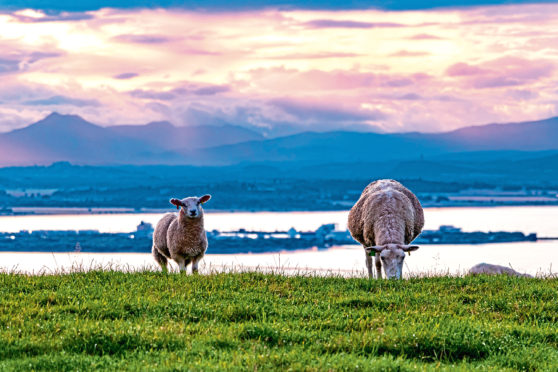Scotland’s tenant farming commissioner, Bob McIntosh, writes about his work to improve relations with tenants and landlords
Every year the Central Association of Agricultural Valuers and the Scottish Agricultural Arbiters and Valuers Association jointly publish an Agricultural Land Occupation Survey.
It always makes interesting reading as it provides a snapshot of what is happening in the let land market.
It seeks to identify new lettings and to explore what happened to tenancies that came to an end during the past year, so that a picture can be built of the flows in and out of the tenanted sector and the nature of those changes.
The report for the year ending November 30 2019 suggests there was relatively little activity in the sector during the past year and shows a rough balance between land flowing into the let sector and land leaving it.
While there was a net loss of some 12,000 acres in 2015 and 28,000 acres in 2016, the years 2017, 2018 and 2019 have recorded a levelling out and indeed 2019 showed a slight net increase in the amount of let land entering the sector, suggesting that there has been some stabilisation.
The number of secure (1991 Act) tenancies continues to decline, however, with landlords reluctant to let land on this basis and favouring annual grazing lets and fixed duration tenancies of relatively short duration.
Of the 45 new tenancies recorded as being created in 2019, only four were Modern Limited Duration Tenancies (MLDTs) with a term of between 10 and 15 years.
The majority were short term in nature – 19 were Short Limited Duration Tenancies (SLDTs) and 16 were annual grazing lets – resulting in an average length of let of only 3.6 years.
A major feature of the past year was the number of bare land lets.
Only four of the 45 recorded new lets included a house and none of the MLDTs were fully equipped units.
On a more positive note, there were 11 lettings to new entrants – one on an MLDT and 10 SLDTs.
It is no surprise to see the continued reduction in 1991 Act tenancies as the long-term security they provide, coupled with a pre-emptive right to buy and the number of landlords’ obligations, have rendered such lettings unattractive to landlords.
Continuing uncertainty surrounding commodity prices and support payments in a post-Brexit world have also contributed to a preference for short-term lettings.
And the rise in demand for land for afforestation is creating an attractive, alternative option for landowners who might previously have considered re-letting land for agricultural purposes.
